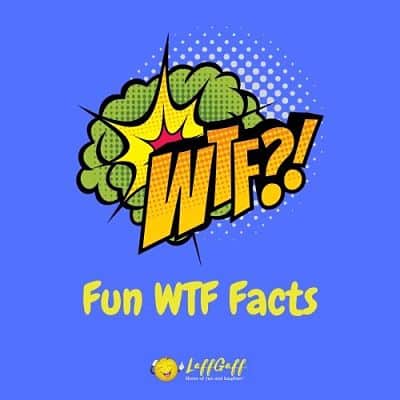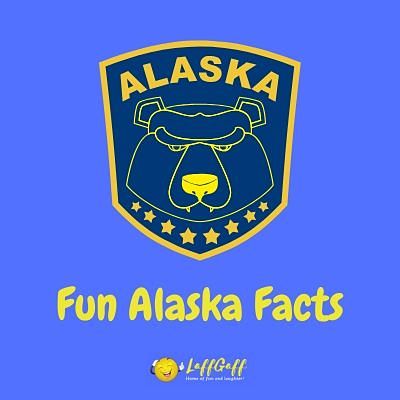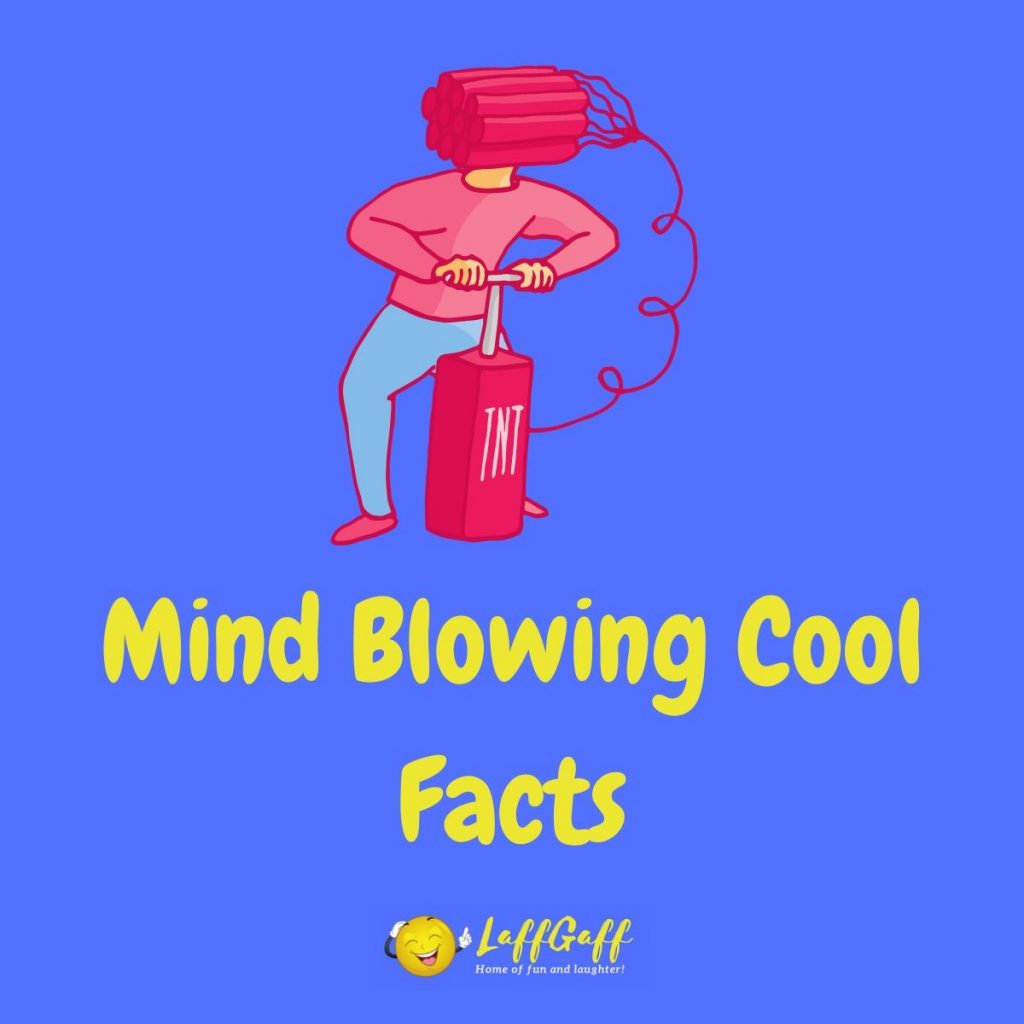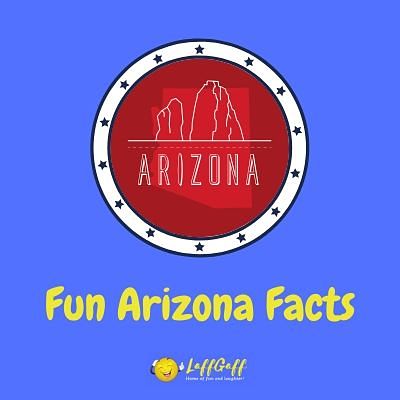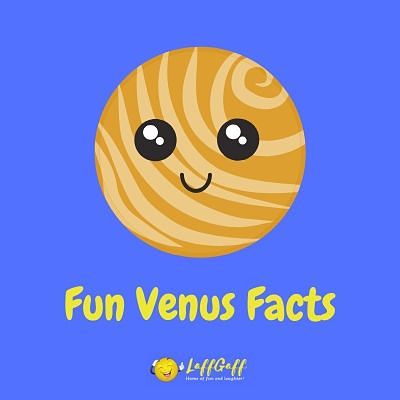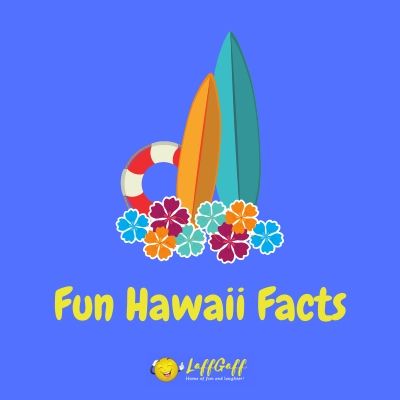Here are some fun and interesting Montana facts.
Montana looms large in America’s imagination as a land of snow-saddled peaks, trout-packed rivers, and vast prairies where – at least here and there – bison still roam and antelope (pronghorn, that is) still frolic.
Let’s dig into some facts and trivia about this huge Western state, officially nicknamed “The Treasure State” for its mineral reserves but more widely known by the romantic byname of “Big Sky Country,” and lately promoted – and it’s hard to argue with it – as “The Last Best Place.”
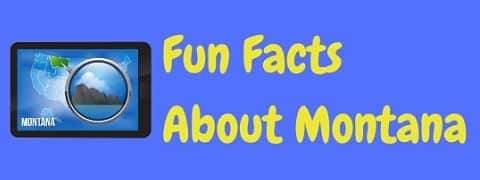
Big Sky Country (And Just Big Country, In General)
Montana’s “Big Sky Country” nickname comes from its wide-open spaces, but the state’s also just generally vast: At about 147,040 square miles, it’s the fourth-largest in the U.S., outsized by Alaska, Texas, and California. It’s also the largest landlocked state.
From Mountains To Plains
Montana falls within two major physiographic provinces: the Rocky Mountains and the Great Plains. Roughly the western third of the state is part of the Rockies – primarily that subsection defined in the U.S. as the Northern Rockies. However, a small portion of the mountainous country along the Montana-Wyoming border is classified as part of the Middle (or Central) Rockies, which in Montana include the Beartooth and Absaroka mountains as well as the northern reach of the Bighorns.
The Great Plains of Montana are, in contrast to the Rockies, mostly flat or gently rolling: a land of shortgrass prairie, rugged badlands, and scattered buttes and small mountain ranges. Physical geographers count Montana’s portion of the Great Plains as the Missouri Plateau; it’s also referred to more broadly as part of the “Northern Plains.”
The Rockies and Great Plains dramatically abut one another in Montana along the stunningly beautiful Rocky Mountain Front.
Elevated Montana
Although “mountain” is written into Montana’s very name – it comes from the Spanish word montaña – as we’ve already covered the majority of the state is actually level or rolling prairie. In fact, Montana’s average elevation of 3,400 feet is the lowest of the eight Mountain States (which also include Idaho, Wyoming, Colorado, Utah, Nevada, New Mexico, and Arizona).
The highest point in Montana is 12,799-foot Granite Peak in the Beartooth Mountains, which in fact contain the top 41 tallest peaks in the state. (The highest Montana summit not in the Beartooths is 11,297-foot Hilgard Peak in the Madison Range.)
What’s the lowest part of Montana, meanwhile? That’d be along the Kootenai River at the Idaho line – not so far away from where this stream, which heads in the Canadian Rockies, re-enters Canada on its journey to the Columbia River.
Montana Weather: A Bit On The Extreme Side
Montana is definitely a state of extreme temperatures. Whether it’s the high country of the Rockies getting buried under drifts or the sprawling stage of the Northern Plains, prone to incursions of frigid Arctic air and great blizzards, it’s certainly no stranger to fearsome winter weather. Indeed, the coldest temperature recorded in the Lower 48 was experienced in Montana: at Rogers Pass, to be specific, on January 20, 1954, when the mercury plunged to 70 degrees below zero.
The warmest Montana temperature thus far recorded – 117 degrees Fahrenheit – has been hit twice, actually: in Glendale on July 20, 1893 and in Medicine Lake on July 5, 1937.
The 187-degree difference between Montana’s coldest- and warmest-ever temperatures is the most extreme of any U.S. state.
The Treasure State’s weather superlatives don’t end there. On January 11, 1980, a Chinook – the warm wind that rolls down the eastern slope of the Rockies, especially in winter – caused the temperature at Great Falls International Airport to jump 47 degrees from -32 degrees F to 15 degrees in a mere seven minutes: the fastest temperate change ever recorded in the country.
The most extreme 12-hour temperature change in the U.S. was also a Montana deal. It took place on December 14, 1924, in Fairfield, when the temperature plunged from 63 degrees F to -21 degrees F during that interval. On January 15, 1972, meanwhile, Montana nabbed an even more significant honor: the greatest recorded 24-hour temperature change in the world. That day, the Great Plains town of Loma saw the temperature rise from -53 degrees F to 49 degrees F: a 103-degree increase in the span of a single day.
Earning Statehood
Montana became a state – the 41st – on November 8, 1889. It was preceded by North and South Dakota – which, then lumped together as the Dakota Territory, joined a mere six days before Montana – and followed by Washington, which as Washington Territory was admitted only three days after Montana. (Incidentally, Montana neighbors Idaho and Wyoming became states the following year.)
Plenty of Elbow Room
Montana’s population of roughly a million people makes it the 43rd most populous U.S. state. And those people come impressively spread out: With a population density of only about seven residents per square mile, Montana is the third most thinly settled state in the country, after Alaska and Wyoming.
The state’s largest city is Billings, whose 2010 population numbered 104,170. The capital of Helena has about 30,000 residents.
Protected Lands
Montana has some of the most significant swaths of protected public land in the U.S., primarily in its western, Rocky Mountain region. Roughly 35 percent of the state falls under federal or state ownership, with the majority – close to 17 million acres – managed by the U.S. Forest Service.
Two of the best-known national parks in the country fall wholly or partly in Montana: Glacier National Park in the far northwest and Yellowstone National Park – shared with Wyoming and Idaho – in south-central Montana. Glacier is part of the so-called “Crown of the Continent” Ecosystem, a roughly 20,000-square-mile swath of contiguous protected lands in the Northern Rockies extending north into British Columbia and Alberta. Besides Glacier, another linchpin of the Crown of the Continent is the million-acre Bob Marshall Wilderness, one of the largest federal wilderness areas in the Lower 48 and adjoining two other wildernesses (the Great Bear and the Scapegoat) to make a roadless wildland more than 1.5 million acres in extent.
Yellowstone is the centerpiece, meanwhile, of the Greater Yellowstone Ecosystem, which covers some 28,000 square miles of the Northern and Middle Rockies. Both the Crown of the Continent and Greater Yellowstone ecosystems are some of the largest protected complexes in the world’s temperate zones.
Glacier and Yellowstone may be the best-known public lands in Montana, but there are many other significant ones, from the Bighorn Canyon National Recreation Area on the Wyoming border (and partly within the Crow Indian Reservation) to the National Bison Range, created in 1908 to protect the then-perilously-rare American bison, and the Charles M. Russell Wildlife Refuge in the Missouri Breaks, at nearly 916,000 acres the second-largest national wildlife refuge in the contiguous U.S.
Montana’s State Mammal: The Great Bear
Montana’s large protected acreage, low population density, and variety of ecosystems give the state a rich roster of native wildlife, including – unlike most of the Lower 48 States – all of the large mammals found here at the time of Euro-American settlement.
That includes the mighty grizzly bear, which exists in greater numbers in Montana than anywhere else in the Lower 48 and is the state mammal. Montana’s grizzlies inhabit three specific grizzly “recovery ecosystems” as defined by the U.S. government: the Northern Continental Divide Ecosystem (which includes Glacier), the Yellowstone Ecosystem, and the Cabinet-Yaak Ecosystem. A fourth recovery ecosystem, the Bitterroot, is not believed to currently support a breeding population of grizzlies.
Montana’s Indigenous Cultures
A dozen American Indian nations call Montana home:
- Assiniboine
- Blackfeet
- Chippewa
- Cree
- Crow
- Gros Ventre
- Kootenai
- Little Shell Chippewa
- Northern Cheyenne
- Pend d’Oreille
- Salish
- Sioux
About 6.5 percent of Montana’s residents are of American Indian heritage. The majority live on the state’s seven Indian reservations: the Blackfeet, Flathead, Rocky Boys, Crow, Northern Cheyenne, Fort Belknap, and Fort Peck reservations.
Montana’s landscape includes countless areas sacred or otherwise meaningful to its indigenous peoples. There are also several historical sites in the state marking some of the most significant conflicts between the U.S. Army and American Indian peoples during the so-called “Indian wars” of the 19th century. They include the Little Bighorn Battlefield National Monument, where the Lakota, northern Cheyenne, and Arapaho defeated George Armstrong Custer and his 7th Calvary in June 1876, as well as the Big Hole National Battlefield and the Battle of Bear Paw site in the Nez Perce National Historical Park, which marks the geography – stretching between northeastern Oregon and north-central Montana – of the 1877 Nez Perce War.
Fun Facts About Montana
If you found our fun Montana facts interesting, why not check out all our other facts and trivia too, such as these:

